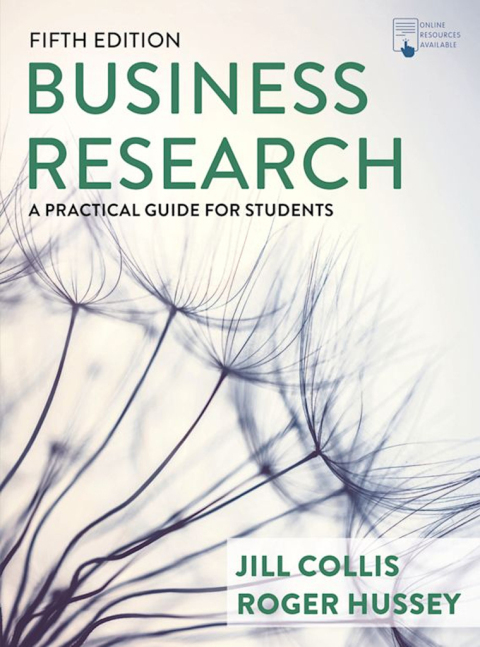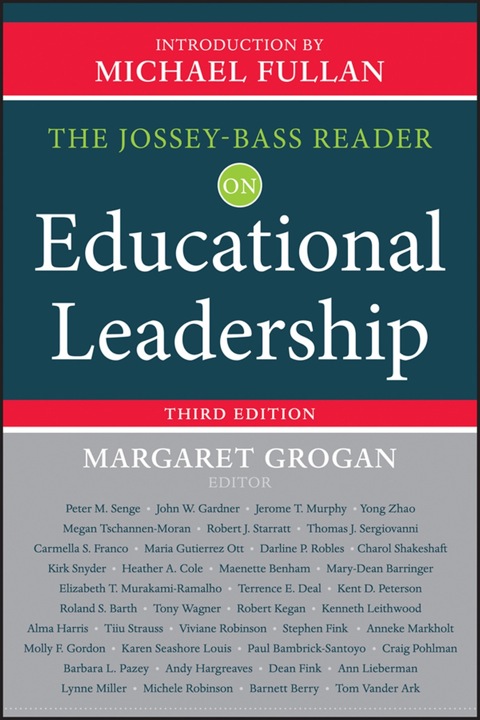Description
Efnisyfirlit
- Title Page
- Brief contents
- Contents
- List of figures
- List of tables
- List of boxes
- About the authors
- Preface to the fifth edition
- Acknowledgements
- Tour of the book
- 1 Understanding research
- 1.1 Introduction
- 1.2 Nature and purpose of business research
- 1.3 Classifying research
- 1.4 Academic levels of research
- 1.5 Overview of the research process
- 1.6 Supervision
- 1.7 Characteristics of good research
- 1.8 Conclusions
- References for further reading
- Activities
- 2 Dealing with practical issues
- 2.1 Introduction
- 2.2 Knowledge, skills and personal qualities
- 2.3 Generating a research topic
- 2.4 Negotiating access to data
- 2.5 Research ethics
- 2.6 Managing the research project
- 2.7 Funding the research
- 2.8 Conclusions
- References for further reading
- Activities
- 3 Identifying your research paradigm
- 3.1 Introduction
- 3.2 The two main paradigms
- 3.3 Philosophical assumptions of positivism and interpretivism
- 3.4 Comparing positivism and interpretivism
- 3.5 Pragmatism
- 3.6 Conclusions
- References for further reading
- Activities
- 4 Designing the research
- 4.1 Introduction
- 4.2 Link between paradigm and methodology
- 4.3 Methodologies associated with positivism
- 4.4 Methodologies associated with interpretivism
- 4.5 Triangulation
- 4.6 Conclusions
- References for further reading
- Activities
- 5 Searching and reviewing the literature
- 5.1 Introduction
- 5.2 Searching the literature
- 5.3 Referencing
- 5.4 Reviewing the literature
- 5.5 Avoiding plagiarism
- 5.6 Conclusions
- References for further reading
- Activities
- 6 Writing your research proposal
- 6.1 Introduction
- 6.2 Overview of research design
- 6.3 The research problem
- 6.4 Purpose of the research
- 6.5 The research questions
- 6.6 Writing the research proposal
- 6.7 Evaluating your proposal
- 6.8 Conclusions
- References for further reading
- Activities
- Appendix: examples of business research proposals
- 7 Collecting qualitative data
- 7.1 Introduction
- 7.2 Main issues in collecting qualitative data
- 7.3 Interviews
- 7.4 Critical incident technique
- 7.5 Focus groups
- 7.6 Protocol analysis
- 7.7 Diary methods
- 7.8 Observation
- 7.9 Conclusions
- References for further reading
- Activities
- 8 Analysing qualitative data
- 8.1 Introduction
- 8.2 Main issues in analysing qualitative data
- 8.3 A general analytical procedure
- 8.4 Content analysis
- 8.5 Discourse analysis
- 8.6 Evaluating your analysis
- 8.7 Conclusions
- References for further reading
- Activities
- 9 Integrated collection and analysis methods
- 9.1 Introduction
- 9.2 Grounded theory
- 9.3 Repertory grid technique
- 9.4 Cognitive mapping
- 9.5 Conclusions
- References for further reading
- Activities
- 10 Collecting data for statistical analysis
- 10.1 Introduction
- 10.2 Main issues in collecting data for statistical analysis
- 10.3 Variables
- 10.4 Data collection methods
- 10.5 Designing questions
- 10.6 Coding questions
- 10.7 Conclusions
- References for further reading
- Activities
- 11 Analysing data using descriptive statistics
- 11.1 Introduction
- 11.2 Key concepts in statistics
- 11.3 Getting started with SPSS
- 11.4 Frequency distributions
- 11.5 Measuring central tendency
- 11.6 Measuring dispersion
- 11.7 Normal distribution
- 11.8 Conclusions
- References for further reading
- Activities
- 12 Analysing data using inferential statistics
- 12.1 Introduction
- 12.2 Planning the analysis
- 12.3 Tests of difference
- 12.4 Tests of association and correlation
- 12.5 Linear regression
- 12.6 Time series analysis
- 12.7 Conclusions
- References for further reading
- Activities
- 13 Writing your dissertation or thesis
- 13.1 Introduction
- 13.2 Planning how to write up your research
- 13.3 Structure and content
- 13.4 Presenting qualitative and quantitative data
- 13.5 Preparing for your viva voce
- 13.6 Conclusions
- References for further reading
- Activities
- 14 Publishing your research
- 14.1 Introduction
- 14.2 Developing a publications strategy
- 14.3 Writing a conference paper
- 14.4 Presenting a conference paper or poster
- 14.5 Writing a journal article
- 14.6 Responding to reviewers’ comments
- 14.7 Conclusions
- References for further reading
- Activities
- 15 Troubleshooting
- 15.1 Introduction
- 15.2 Getting started
- 15.3 Managing the process
- 15.4 Identifying a topic and a research problem or
- 15.5 Making a preliminary plan of action
- 15.6 Finding a theoretical framework
- 15.7 Writing the proposal
- 15.8 Choosing a methodology
- 15.9 Searching and reviewing the literature
- 15.10 Collecting the research data
- 15.11 Organising qualitative research data
- 15.12 Analysing the research data
- 15.13 Structuring the dissertation or thesis
- 15.14 Writing the dissertation or thesis
- 15.15 Dealing with writer’s block
- 15.16 Achieving the standards
- 15.17 Eleventh-hour strategies for finishing your dissertation or
- 15.18 Developing a publications strategy
- 15.19 Presenting a conference paper
- 15.20 Dealing with reviewers’ comments
- Appendix: random number tables
- Glossary
- Subject index
- eCopyright







Reviews
There are no reviews yet.